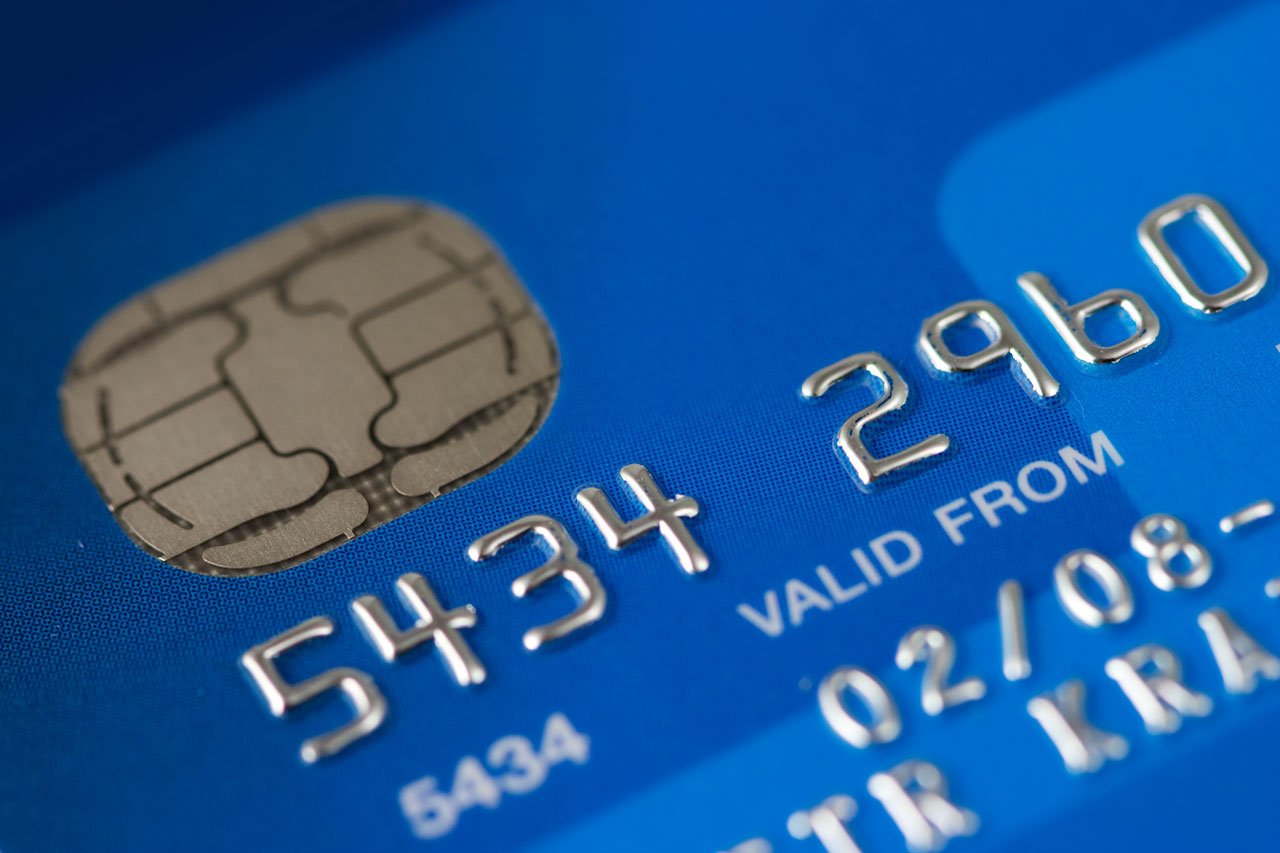Chip technology means new credit card challenges for retailers

As marinas and retailers get ready to head into the summer season, it’s beyond time to take notice of something that may have escaped your attention last fall.
As of October 2015, EMV (Europay, Mastercard and Visa) chip cards are the new standard for credit cards.
The chip makes it very difficult for anyone to copy the card, but the data can still be stolen. The goal is that it reduces risks for users and merchants.
While it can be tempting to avoid making the change because of the high cost of hardware and installation (as much as $2,000 per terminal according to the National Retail Foundation), the change also carries with it new rules. Retailers that haven’t upgraded to new chip terminals could be on the hook for fraud under new rules put in place by the banks. For a small business, a large series of fraudulent transactions could easily put you out of business.
Still, the shift to EMV cards does not free companies from the possibility of risk, as Tom Litchford, the NRF’s vice president of retail technology told his members in an interview last year:
The October 1 “deadline” is just about the liability shift — merchants will still be able to transact business with their customers. Each retailer should do their own business risk analysis of their exposure to credit card fraud and determine for themselves the appropriate time to invest in EMV-capable technology. In fact, realizing that EMV is not the panacea that the card brands would want us to believe, most retailers are not so concerned with the deadline itself. Instead, they are focused more on protecting their customers now by implementing technologies such as point-to-point encryption and tokenization during the payment authorization process.
The NRF and others small business groups have also expressed concern over the cost of the transition. Testifying in front of Congress on behalf of the NRF, small business owner Keith Lipert, said “The EMV transition is overwhelming and expensive for an independent, small retailer.”
So, in the end, every retailer needs to make their own call, but here are some resources that can help you make a decision.
National Retail Federation resource guide and Webinar
Small Business Administration webinar on the EMV migration
QuickBooks step-by-step guide to EMV migration




